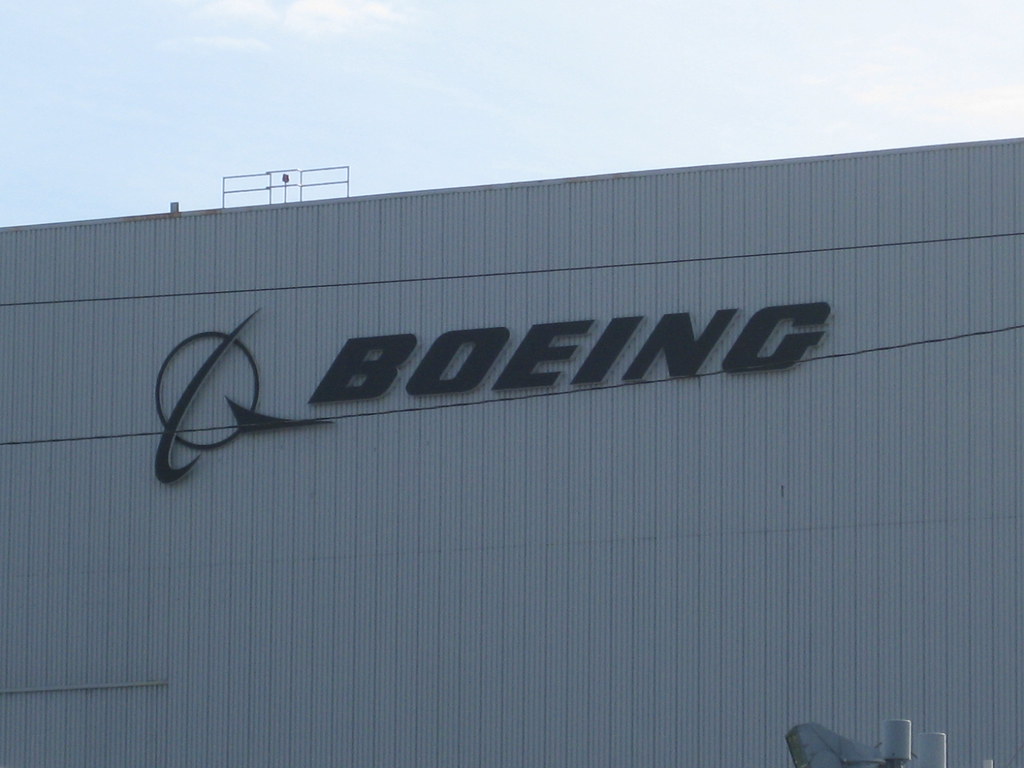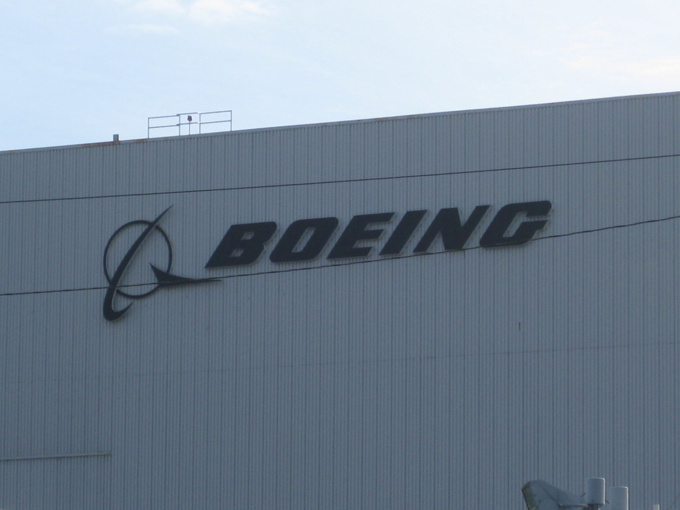The company Boeing found a fault in parts of their aircraft. This is reported on the website of the US Federal Aviation Administration (FAA). The faults were found on the slats of models Boeing 737 NG and Boeing 737 MAX around the world. It is noted that defective parts may not meet the standards of strength due to improper manufacturing, wear prematurely and damage aircraft.
The parts that affect smoothness of take-off and landing were installed on about 300 Boeing 737 Max aircraft and the older version of the Boeing 737. Of these, up to 148 parts may be defective, subject to cracking and premature failure. The FAA is set to issue a prescription that Boeing will have ten days to remove defective parts.
In doing so, the agency advised airlines to check 179 Boeing 737 Max aircraft and 133 Boeing 737 NGs to determine if they have any faulty parts. The group of aircraft that needs to be checked includes 33 Max and 32 NG liners are in the United States.
“Vulnerable parts may be subject to premature failure or cracking as a result of an improper production process. Although a complete failure will not lead to the loss of the aircraft, there is a risk that the defective part may lead to its damage during the flight,” the US Federal Aviation Administration said in a statement. Also, the FAA will issue an airworthiness directive that instructs Boeing to identify and eliminate other defective parts in its aircraft.
Two disasters with the participation of the Boeing 737 Max occurred recently. The first tragedy happened on October 29, 2018. A Lion Air aircraft served a domestic flight from Jakarta to Pankalpinang.13 minutes after takeoff, the plane fell into the Java Sea. There were 189 people (eight crew members and 181 passengers) onboard; none of them survived.
Analysis of data of the flight recorders showed that several failures occurred in the aircraft’s systems. In particular, the automation persistently directed nose of the liner to the ground, believing that it was driven too high.
At the same time there were rumors that the cause of the accident could be a faulty sensor, which transmitted incorrect information about position of the aircraft’s nose relative to the horizon.
Another tragedy occurred in Ethiopia on March 10. The Boeing 737 MAX 8, flying from Addis Ababa to Nairobi, crashed approximately 60 kilometers south-west of the Ethiopian border. The catastrophe claimed the lives of 157 people. The exact causes of the crash have not yet been established.
After these incidents, some countries decided to close the airspace for the Boeing 737 Max for an indefinite period.
In order to eliminate a possibility of new air crashes, Boeing experts began to create new software. Development of the system took about two months.
In May, Boeing announced completion of a software update for the maneuver correction system on 737 MAX aircraft.
Reuters reports that the United States may lift restrictions on flights on the Boeing 737 Max closer to mid-summer.
The US Federal Aviation Administration may first authorize operation of Boeing 737 MAX aircraft domestically. This would send a signal to regulators in other countries to resume flights of these aircraft, which were interrupted after air crashes, George Ferguson, a flight safety expert, recently told Bloomberg TV.
Meanwhile, the Emirates have already announced that even if the ban on 737 Max flights will be lifted in July, the airline will be ready to return the aircraft of this model only in December.
“Whatever they say about their plane, it will not mean anything until they receive confirmation from the regulator,” said Emirates President Tim Clark.
source: reuters.com, bloomberg.com
The parts that affect smoothness of take-off and landing were installed on about 300 Boeing 737 Max aircraft and the older version of the Boeing 737. Of these, up to 148 parts may be defective, subject to cracking and premature failure. The FAA is set to issue a prescription that Boeing will have ten days to remove defective parts.
In doing so, the agency advised airlines to check 179 Boeing 737 Max aircraft and 133 Boeing 737 NGs to determine if they have any faulty parts. The group of aircraft that needs to be checked includes 33 Max and 32 NG liners are in the United States.
“Vulnerable parts may be subject to premature failure or cracking as a result of an improper production process. Although a complete failure will not lead to the loss of the aircraft, there is a risk that the defective part may lead to its damage during the flight,” the US Federal Aviation Administration said in a statement. Also, the FAA will issue an airworthiness directive that instructs Boeing to identify and eliminate other defective parts in its aircraft.
Two disasters with the participation of the Boeing 737 Max occurred recently. The first tragedy happened on October 29, 2018. A Lion Air aircraft served a domestic flight from Jakarta to Pankalpinang.13 minutes after takeoff, the plane fell into the Java Sea. There were 189 people (eight crew members and 181 passengers) onboard; none of them survived.
Analysis of data of the flight recorders showed that several failures occurred in the aircraft’s systems. In particular, the automation persistently directed nose of the liner to the ground, believing that it was driven too high.
At the same time there were rumors that the cause of the accident could be a faulty sensor, which transmitted incorrect information about position of the aircraft’s nose relative to the horizon.
Another tragedy occurred in Ethiopia on March 10. The Boeing 737 MAX 8, flying from Addis Ababa to Nairobi, crashed approximately 60 kilometers south-west of the Ethiopian border. The catastrophe claimed the lives of 157 people. The exact causes of the crash have not yet been established.
After these incidents, some countries decided to close the airspace for the Boeing 737 Max for an indefinite period.
In order to eliminate a possibility of new air crashes, Boeing experts began to create new software. Development of the system took about two months.
In May, Boeing announced completion of a software update for the maneuver correction system on 737 MAX aircraft.
Reuters reports that the United States may lift restrictions on flights on the Boeing 737 Max closer to mid-summer.
The US Federal Aviation Administration may first authorize operation of Boeing 737 MAX aircraft domestically. This would send a signal to regulators in other countries to resume flights of these aircraft, which were interrupted after air crashes, George Ferguson, a flight safety expert, recently told Bloomberg TV.
Meanwhile, the Emirates have already announced that even if the ban on 737 Max flights will be lifted in July, the airline will be ready to return the aircraft of this model only in December.
“Whatever they say about their plane, it will not mean anything until they receive confirmation from the regulator,” said Emirates President Tim Clark.
source: reuters.com, bloomberg.com



















